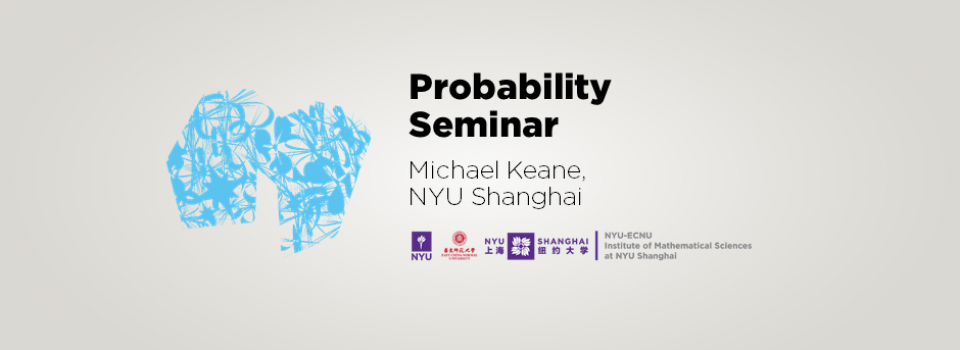
In many branches of mathematics, classification problems remain central. Sometimes beautiful results emerge (e.g. five regular solids), in other cases understanding only is possible in a limited manner after much work and intricate calculations (e.g. four color theorem), and in yet others one remains with hope but without clear answers (e.g. the current state of the ABC conjecture). In this lecture I want to discuss the classification of a special, apparently simple, class of dynamical systems which we call substitutions. My plan is as follows. After defining substitutions and explaining what it means for two primitive (i.e. “irreducible”) substitutions to be conjugate, my intention is to show three important conjugacy classes and explain how (with proof ideas) and in which sense one class (the Toeplitz class) contains three elements (which I explicit), a second class (the Morse class) has twelve elements (for which you can receive copies), and the third (and perhaps oldest) class (the Fibonacci class) has, surprisingly, a countably infinite number of elements (which we are not yet able to list). In general, we have recent theorems with Ethan Coven and Michel Dekking which prove that any primitive substitution of constant length (Fibonacci is not of constant length) has a finite equivalence class and that the members of the class can be produced by an algorithm. In most cases up to now, however, there is yet no hope to accomplish this task due to the number of calculations involved. To explain this situation, I shall attempt to give a taste using simple examples and a tantalizing e-mail question I received this week which still needs an answer.
Biography
Michael Keane is a visiting professor of Mathematics at NYU Shanghai. He received graduate degrees from the Universities of Goettingen and Erlangen, and has taught in universities in Germany, United States, France, Israel, Netherlands, and Japan. Throughout his career he also has worked on the average one day a week for industry, at IBM, Hewlett-Packard, Estec, Philips, Shell, and other companies. His research interests are diverse, both in mathematics and in computer science, with accents on analysis, probability, ergodic theory, and combinatorics. In 1991 Michael was elected to the Netherlands Royal Academy of Arts and Sciences (KNAW), and in 1999 to the Chilean Academy of Science. In 2005 he was awarded a knighthood (Order Netherlands Lion) by Queen Beatrix of The Netherlands.


